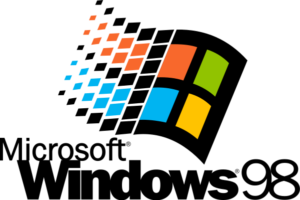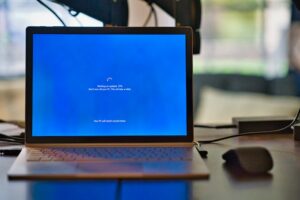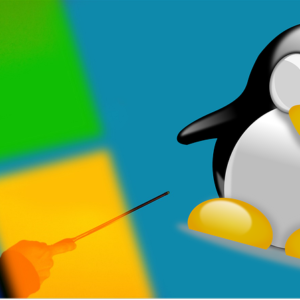For many people, there are two main operating systems to choose from: Windows and macOS. The latter is Apple’s proprietary operating system, which has been around for decades but is still going strong today. In this post we’ll explore how both of these operating systems have evolved over time.
Windows 98
You might have heard of Windows 98, but what was it?
 The OS was released in 1998 and was the first to ship with Internet Explorer (IE5). It also featured a built-in firewall and antivirus. Users could access the internet via their email client or by using Microsoft’s own web browser. That’s right—Microsoft made their own web browser!
The OS was released in 1998 and was the first to ship with Internet Explorer (IE5). It also featured a built-in firewall and antivirus. Users could access the internet via their email client or by using Microsoft’s own web browser. That’s right—Microsoft made their own web browser!
Windows XP
Windows XP was first released in 2001. In addition to being one of the most popular operating systems ever created by Microsoft (with over 500 million licensed copies), Windows XP is notable for introducing some features that we still see in modern versions of Windows today – Task Manager and Aero Glass.
Windows 7
The Windows 7 operating system was a 32-bit operating system that replaced the 64-bit version of Windows Vista. It featured a new taskbar and Aero Peek feature. Other features included an improved search function and a sidebar for quick access to data such as files, folders, web pages, music and videos. A new “Windows Snap” feature allowed users to drag windows into four different sizes: small (150% of original size), medium (200%), large (400%) or full screen mode.
Windows 10
 Windows 10 is the successor to Windows 8.1. Windows 10 is available for free for users of Windows 7 and Windows 8.1, which means that if you have either operating system on your computer right now, you can upgrade to this newest iteration without having to pay anything extra!
Windows 10 is the successor to Windows 8.1. Windows 10 is available for free for users of Windows 7 and Windows 8.1, which means that if you have either operating system on your computer right now, you can upgrade to this newest iteration without having to pay anything extra!
Mac OS X (10.5) Leopard
Leopard was the first version of Mac OS X to support Boot Camp, which allows you to install Windows on your Mac and run it side by side with Mac OS X.
It also introduced a number of new features, including Spaces (virtual desktop manager), Time Machine (a backup utility), Quick Look (a feature that lets users quickly preview a file without having to open it in an app).
However, Leopard is most famous for being the last version of Mac OS X to support PowerPC processors.
Mac OS X (10.7) Lion
 Mac OS X 10.7 Lion was released in July 2011 and was a major upgrade to the Mac operating system. With the introduction of iCloud, Spotlight, and Launchpad it made your life easier by bringing new features and functions to the OS that made it easier to use than ever before.
Mac OS X 10.7 Lion was released in July 2011 and was a major upgrade to the Mac operating system. With the introduction of iCloud, Spotlight, and Launchpad it made your life easier by bringing new features and functions to the OS that made it easier to use than ever before.
Lion also brought many other updates to the Mac including:
- System-wide auto-save – now documents you were working on could be saved even if you lost power or crashed your computer!
- AirDrop – one of my favorite features because it’s so easy to use; simply drag files from one device into another’s icon in Finder and they’ll instantly transfer over! No wires required!





